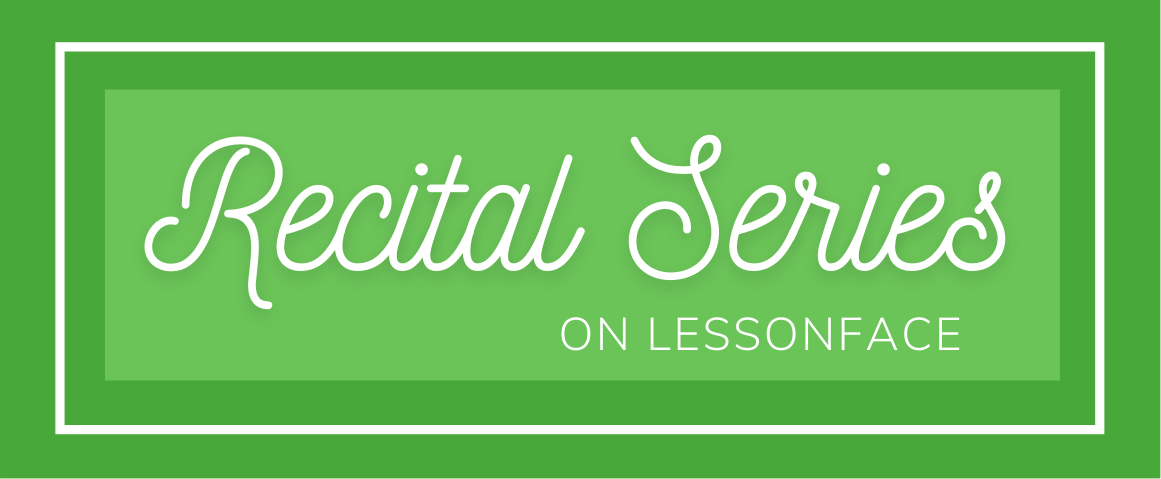Do you love the guitar and everything about it except the barre chord? Have your chord changes advanced in leaps and bounds lately, except where the F chord is concerned? Are you putting off learning some of your favorite songs just because you know they use F, F# minor, B minor, or other similarly troublesome chord?
First, know that you're not alone. Nearly all guitar students struggle with barre chords at some point, and I'd estimate about half of my students have considered them a major hurdle at some point.
Second, know that you will overcome it. Like many aspects of learning the guitar, barre chords can have a steep learning curve. They are a major roadblock for a while, and then suddenly things just click.
If you've improved at chord changes recently, think about how hard that was at first. Changing chords is usually the first big challenge that students face. It's one thing make a G chord by itself, but changing from G to C without falling out of rhythm is a whole other story. But once you get it, you can barely remember what was so difficult in the first place.
Here are some tips to speed your ascent up the barre chord learning curve.
1. Relax your left arm. Relax it so much that if someone pushed your elbow, it would swing back and forth like a pendulum, then come to rest back its starting position. Tensing your left arm, squeezing it to your side, or sticking out your elbow do not help with barre chords. That just creates tension and fatigue.
2. Angle your guitar backwards just a little. Rather than being exactly vertical, the fret board should be angled back just a bit, so that you can see the frets. That will allow gravity to help out with the barre.
3. Let gravity pull down on your hand and index finger. If the fret board is angled back slightly as explained above, that downward pull of gravity should translate to pushing the strings toward the fret board.
4. Apply pressure only where needed. We rarely need the barre to make all 6 strings sound. Focus your effort on the strings that you actually need to sound.
5. Reposition the index finger to avoid finger creases. Sometimes the crease underneath our knuckle is right where we need to press down a string. You might need to shift your index finger slightly up or down to avoid that.
6. Squeeze with the left hand - but only a little! Yes, you do need a bit of left hand strength to make a clean barre chord. You may need to be patient as that strength builds up over time. Just remember that barre chords are 85% strategy - position, angle, relaxation, and applying your effort specifically where needed - and only about 15% strength. Frustrated, mindless squeezing with your thumb and forefinger won't get you a clean barre, only a tired hand.
Which of these tips have worked for you? What have I left out? Are there any other methods or exercises that have worked for you?





Very helpful, as always. Thanks, Leah.
Leah, thanks for addressing this very important topic! All the things you mention are helpful, especially the part that barre chords can have a steep learning curve; this has definitely been my experience. I avoided them for a VERY long time but finally got to the point where I was tired of avoiding songs that I wanted to play because of the barre chord. I found it helpful to learn them on a steel string because of the narrower neck. The strings are harder to press down on than nylon but the neck width made a difference for me. There are also some nylon string guitars out there with a narrower neck. And for me it's ultimately just to keep practicing them. Just recently I took out some music that I got about nine months ago; it has two barre chords. When I first started learning the song the barre chords didn't sound good at all. I put the music away but I've been practicing other barre chords and when I revisited that piece the barres sounded pretty good. Very gratifying!
Thanks for your comments Ronnie and Mari! Mari, that's interesting how you found the narrower neck of a steel string guitar a bigger advantage than the softness of nylon strings. I agree that ultimately what helps most is playing barre chords.
Even after university classical guitar studies and three years playing professionally, I found that my barre chord endurance needed some work when I arrived in Spain. Flamenco tends to use barres more often, and in a more sustained context than classical guitar. (In classical guitar, you often only need to get a clean barre chord for a matter of seconds). I had to revisit the same basics I listed above (and thought I had 'mastered') to be able to play barre chords continuously.
So my point is, rather than avoiding barre chords, seek them out. Like Mari did, tackle the favorites that you've been avoiding because of the barres. Re-learn some old favorites in a new key that uses lots of barres. Find some studies that use them. Like any thing, the more you do it the easier it gets.
Hi Leah, tips 3 using the gravity really helped me a lot. I deliberately dropped my left shoulder somewhat to let the weight of my arm drag down on the fingers. Slightly moving the left elbow close to the body also helped the index finger to have better contact. In addition, the action on my guitar was on the high side making it more difficult on the left hand. After the action was adjusted together with these tips, I was able to make progress.
Although my small hands make barre chords and the concurrent stretch to other notes very difficult, I am pleasantly surprised at how I've been able to increase flexibility and strength by not giving up. I may never be able to stretch from the second to sixth fret (needed in one measure in a piece I worked on), I am far better, stronger, and flexible than I used to be. I can also open stubborn jars easier now too since my hands have become so strong ;-)
Although my small hands make barre chords and the concurrent stretch to other notes very difficult, I am pleasantly surprised at how I've been able to increase flexibility and strength by not giving up. I may never be able to stretch from the second to sixth fret (needed in one measure in a piece I worked on), I am far better, stronger, and flexible than I used to be. I can also open stubborn jars easier now too since my hands have become so strong ;-)
Haha that's awesome Ronnie! I'd never thought that barre chord work and LH strength for the guitar could have daily practical applications like opening jars.
Frank, that's a really good point, it is important to consider the action of the guitar... we need to start with a guitar that's appropriately set up before we can demand clean barres of ourselves. No one can make a good barre chord if the action is too high!
Hi everyone! Lessonface guitar teacher Gabriele Cento made this excellent video illustrating his tips for barre chords. Check it out and share your thoughts. Hope it helps : )
this is a great topic! One thing I like to share about Barre chords is that knowledge of where the essesntial chord tones are within the shape can be really helpful. Sometimes trying to get every tone (including the repeaded notes ) to ring out especially during faster chord changes can be an unnecessary challenge. Capturing the essense of the chord ...or the way it should sound in the particular musical situation is the golden key:)
Hi Jeff, that's a great point. There's no need to spend energy trying to press down every string if it doesn't add to the sound. Good reminder to pay attention to what matters. Thanks for sharing!